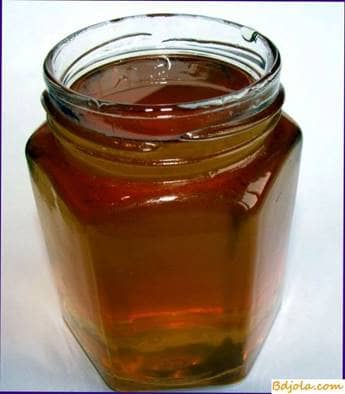
Coriander bees are readily collected from white or pink flowers of a valuable essential oil plant of coriander, which grows wild in Central Asia and Transcaucasia. From a hectare of flowering coriander bees collect 500 kg of honey, which has a sharp aroma and a specific taste.
В пчелином улье нет матки. Как соединить безматочную семью.
Bee Honey